Hidden treasures of the Liège Archaeological Institute
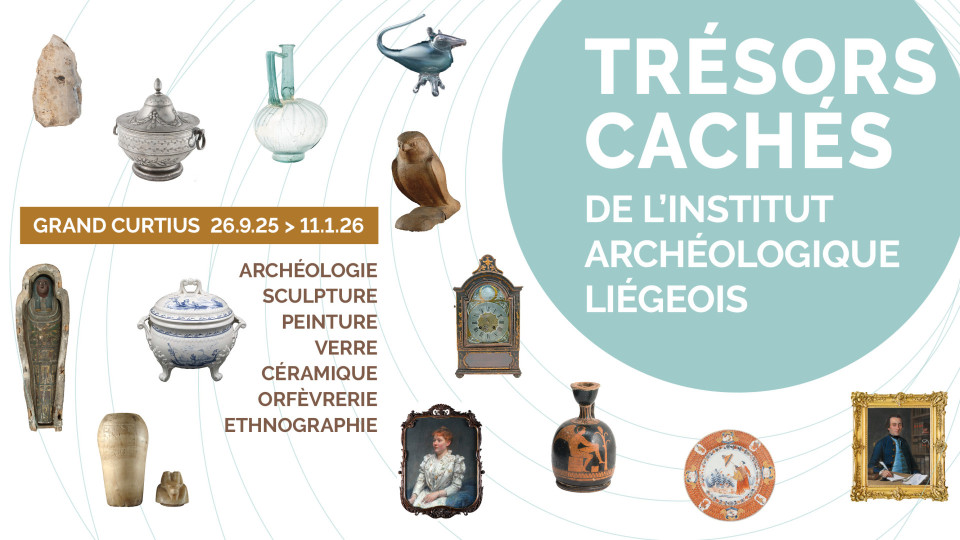
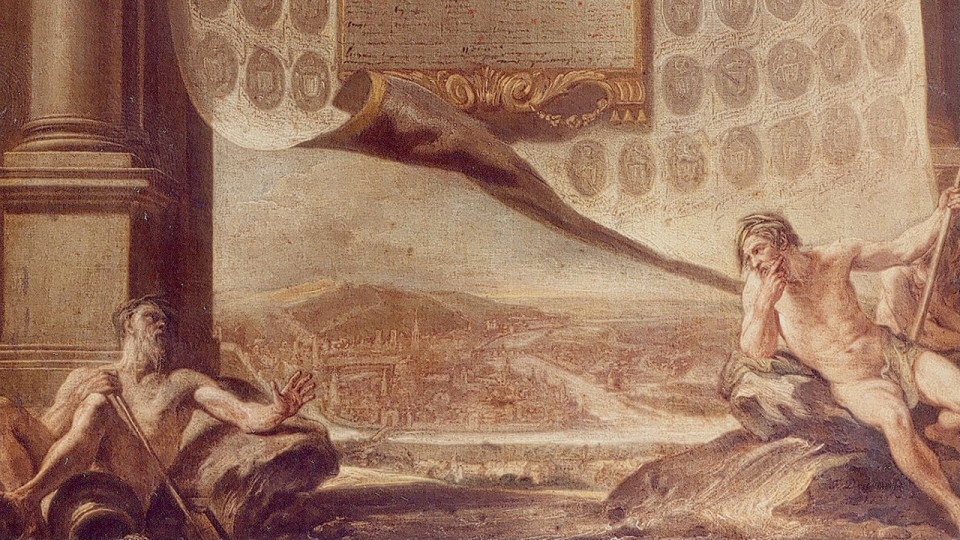
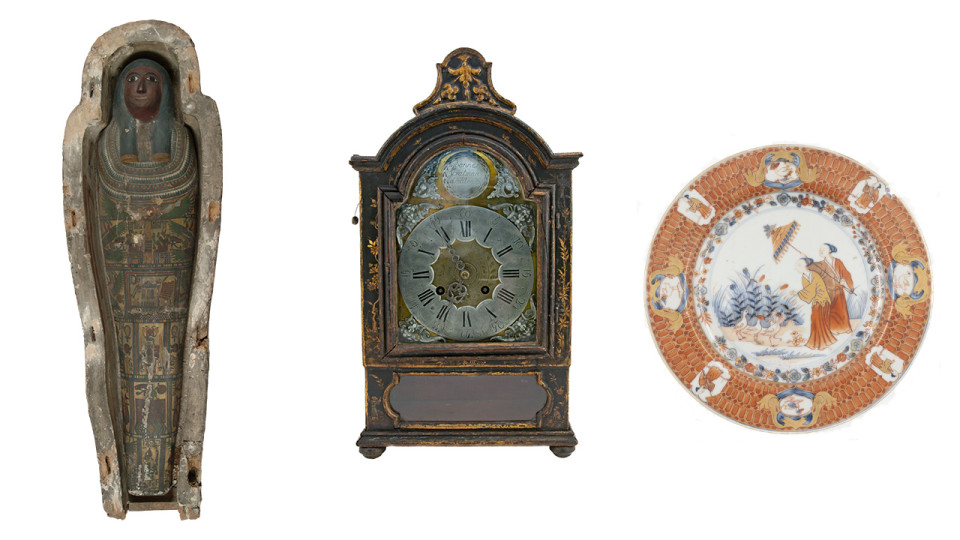
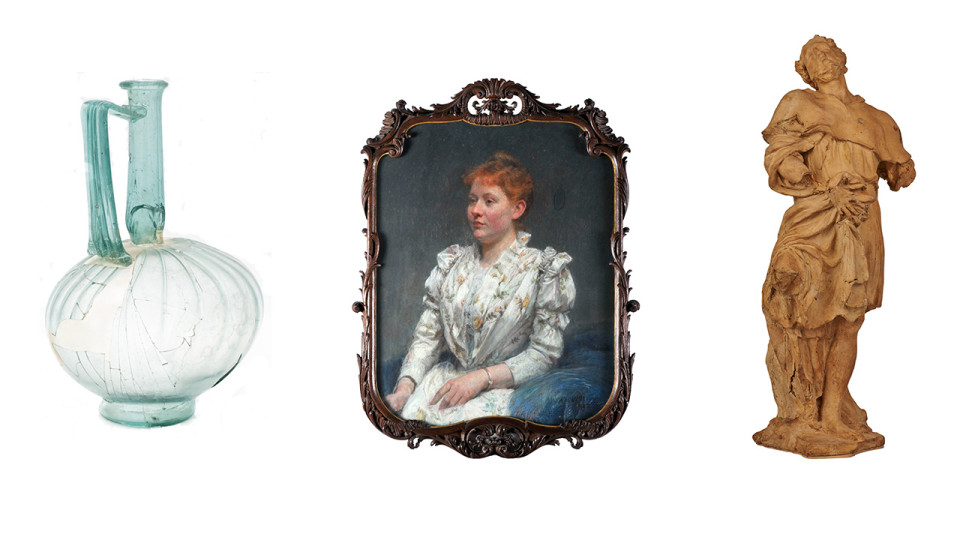
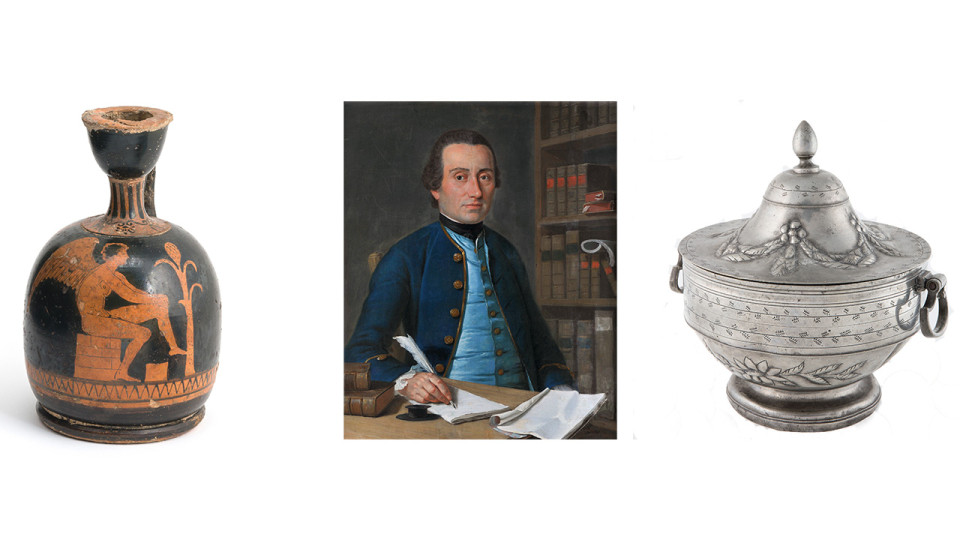
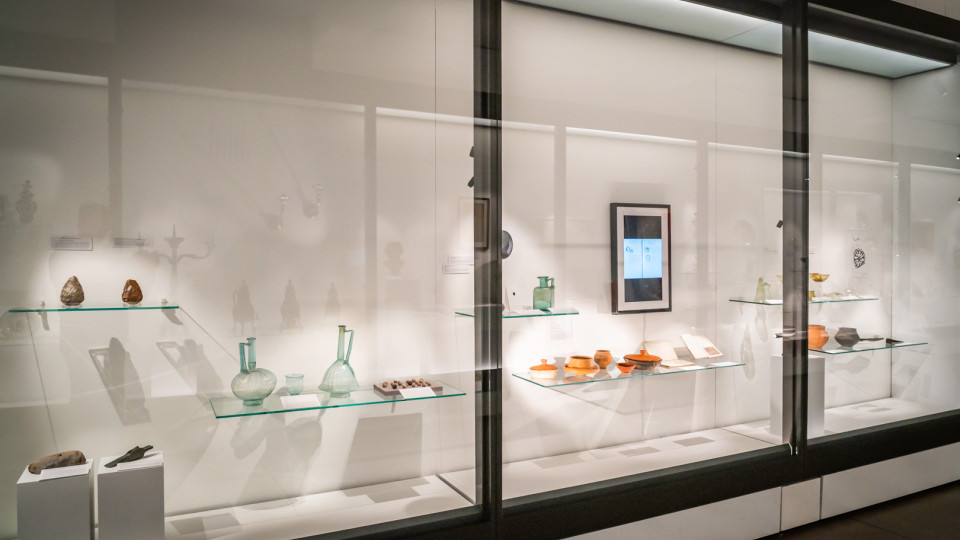
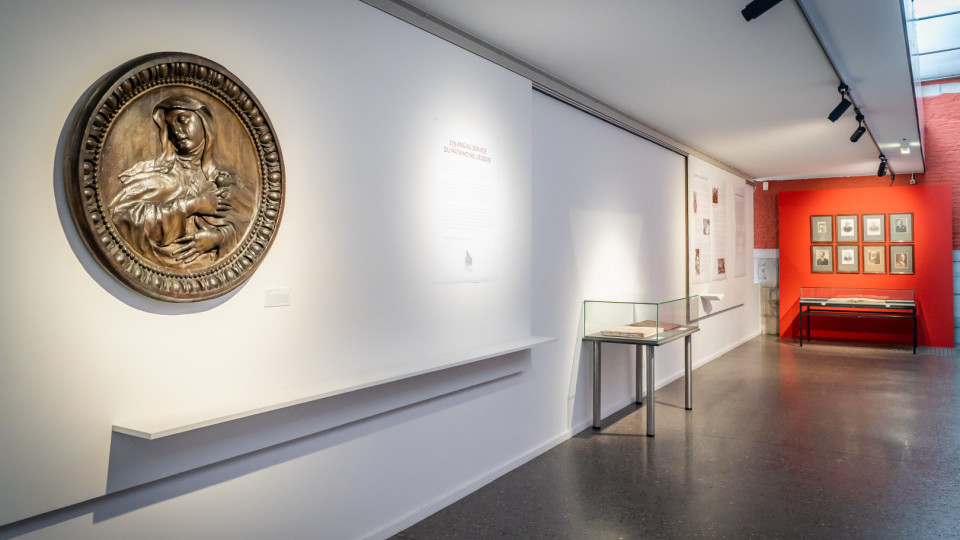
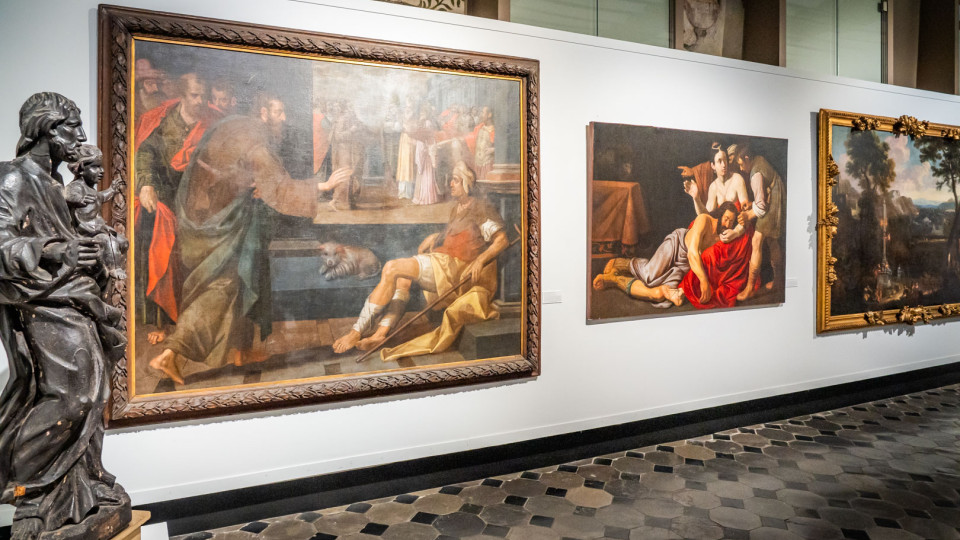
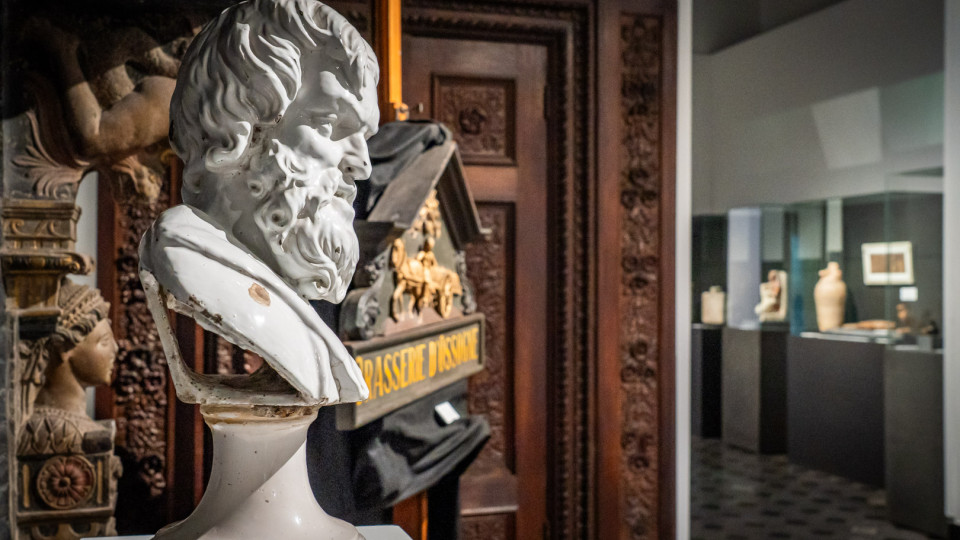
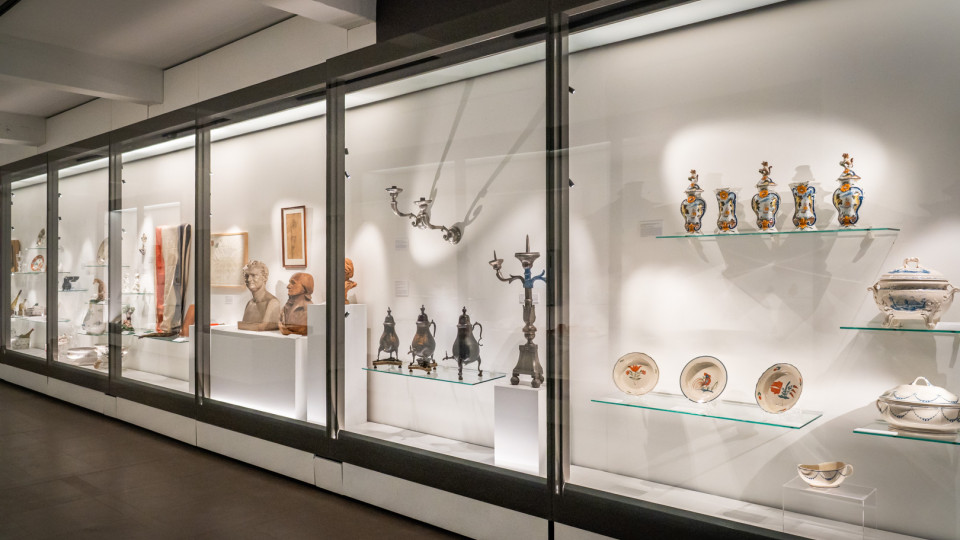
‘Hidden treasures of the Liège Archaeological Institute’
175 years of the IAL celebrated at the Grand Curtius
Birth of the IAL
On 4 April 1850, sixteen ‘friends of the past’ gathered at the premises of the Société d'Émulation in Liège to lay the foundations for a learned society whose primary objective was to research, collect and preserve works of art and archaeological monuments bearing witness to Liège's past. This mission is still enshrined in Article 1 of the statutes of the Institut archéologique liégeois (IAL), the name given to the new association.
Very early on in its history, thanks to generous donors, the IAL was able to collect a large number of objects relating mainly to the past of the Liège region. Some major works were already included, such as the mausoleum of Prince-Bishop Velbruck, now on display in the cloister of the cathedral, and the bas-relief of the Virgin of Dom Rupert, one of the masterpieces of the Grand Curtius collections.
The exhibition
Today, nearly six hundred pieces belonging to the IAL are on display in the permanent exhibition at the Grand Curtius, with thousands more in storage. A selection of around 250 pieces, not always the least important, from these reserves will be presented, sometimes for the first time, in the exhibition organised by the Grand Curtius in autumn 2025, to mark the 175th anniversary of the IAL. The primary objective of this exhibition is to showcase the diversity of the collections that have been developed over time thanks to friends of Liège's past who were keen to preserve evidence of that past.
The exhibition will be an opportunity to present recent acquisitions, often previously unseen, which demonstrate how active the IAL remains in enriching Liège's museums.
This anniversary exhibition will feature a number of major pieces from the Egyptological collections that the IAL received from its first president, Baron d'Otreppe de Bouvette, in 1865. It is the most important collection of its kind in Wallonia. Due to the origin of the objects, it even complements the large collection of the Royal Museums of Art and History at the Cinquantenaire
The oldest item on display at the exhibition will be an Acheulean biface, a kind of multi-purpose tool used for cutting wood, meat or even scraping skins. This object dates back nearly 300,000 years and comes from the Sainte-Walburge neighbourhood. It was donated to the IAL by its discoverer, Marcel De Puydt (1855-1940), a pillar of the Institute who was one of the main founders of the famous Liège school of prehistory.
Due to the prominent role played by the IAL in archaeological excavations in the province of Liège in the 19th century, its collections in this field are extremely rich and help us to understand the cultural characteristics of our distant ancestors. The exhibition features not only prehistoric artefacts, but also Gallo-Roman and Merovingian pieces illustrating daily life in our regions during Antiquity and the Early Middle Ages. These objects recall the importance of several archaeological sites that were excavated in the 19th century, such as the Place Gît-le Coq Jupille and the Merovingian necropolises of Mont-Saint-Sauveur in Fallais and Pré des Princes in Seraing.
Some of the great names in princely sculpture will be presented, first and foremost our famous Baroque sculptor Jean Del Cour, but also 18th-century furniture from Liège, in the style of the Rococo revival.
In painting, we find a condensed history of Liège painting from the late 16th to the late 18th century, with names such as Jean Ramey (a pupil of Lambert Lombard), Gérard Douffet (founder of the 17th-century Liège school), François Walschartz (a great Caravaggio-style painter who is now almost completely forgotten), as well as Walthère Damery, Jean-Guillaume Carlier, Louis Counet, Léonard Defrance and Pierre-Michel de Lovinfosse. There are also engraved topographical views of Liège monuments and a drawing by Remacle Le Loup from Spa, preparatory to one of the engravings of the famous ‘Délices du païs de Liège’ (Delights of the Land of Liège).
Sandstone, earthenware and porcelain are not to be outdone; there are some rare 18th-century pieces from Liège produced by the Saint-Léonard factory, as well as pieces from factories in Meissen, Strasbourg, Septfontaines, Raeren, Tournai, Andenne, Brussels, Lunéville, Delft, and finally pieces commissioned by Liège residents in China and Japan.
Some beautiful glass pieces confirm that the Grand Curtius Museum has one of the most substantial collections of antique glassware in Europe. It is worth remembering that the Curtius Museum was behind the creation of the International Association for the History of Glass. The pieces on display range from 17th and 18th century glassware from the Meuse region, including magnificent examples in the Venetian style, to Art Nouveau pieces by Gallé, Lalique and Val Saint-Lambert.
A large number of pieces of civil silverware from Liège have been acquired in recent years to fill gaps in the collection, including pieces by local silversmiths who were not yet represented. Most of these will be on display for the first time. A few pewter pieces, especially from Liège and Huy, will evoke the important donation of more than four hundred pewter pieces that Professor Roger Lemaire recently made to the IAL.
This collection will be supplemented by a number of manuscripts, such as a 17th-century book of medical recipes, an illustrated genealogy of the Curtius family, correspondence from a Liège printer from the late 18th century, and even excavation notebooks from the pioneers of archaeology in the Liège region.
Finally, an ethnographic section will display a few objects selected from among the hundred or so that the IAL has long since deposited at the Museum of Walloon Life, the most appropriate institution for preserving items of this type. The exhibition will include, for example, a 17th-century tap, an 18th-century dog collar, a cake mould and a 19th-century brewery sign.
Finally, a richly illustrated catalogue will be published to mark this anniversary.
This exhibition is organised by the Grand Curtius in collaboration with the Liège Archaeological Institute.
Exhibition curator: Jean-Luc Schütz, Curator of the Archaeology Department at the Grand Curtius and Deputy Curator of the Liège Archaeological Institute.
Practical information
> From September 26, 2025 to January 11, 2026, from 10 a.m. to 6 p.m. - closed on Tuesdays and January 1, May 1, November 1, November 2, November 11, and December 25
> Admission
- Adults: €10
- Adult groups: €8
- Seniors: €6
- Senior groups: €6
- Free admission: Under 26s, teachers, MuseumPassMusée holders, and everyone on the first Sunday of the month.
Online ticketing - Online booking is recommended but not mandatory.
The exhibition catalogue in French is on sale in the shop for €25.
The visitor's guide, L'Essentiel de l'exposition, is on sale at the reception desk and in the shop for €2.
Visuals - Composition based on works from the Museum, from left to right - (Copyright City of Liège - Grand Curtius) - :
1 - Visuel promo exposition "Trésors cachés de l'Institut archéologique liégeois"
2 - Jean-Baptiste Van Loo, projet de calendrier pour le chapitre de la cathédrale de Saint-Lambert, détail, 1730, toile, 170 x 75 cm, Liège, Grand Curtius, inv. I/35/11
3 - Cartonnage (avec momie) d’« Isistamen » - Inv. I/628 C
- Joannes Stratman, Pendule religieuse - Inv. I/41/155, don de Mlle Léonie Jamar en 1941
- D’après Cornelis Pronk, Assiette plate - Inv. I/9097
4 - Cruche, 80-100 après J.-C. Verre soufflé - Inv. I/5111
- Adrien de Witte, Portrait d’Eugénie Zeyen - Inv. I/2016/3 a-b
- Jean Del Cour, Saint Roch, 1675 - Inv. I/2379
5 - Lécythe aryballisque, Terre cuite - Inv. I/0/1872
- Léonard Defrance, Portrait d’Henri Robert, Toile - Inv. I/2016/5
- Noël Dechamps, Grande soupière en étain - Inv. I/2019/35/RL, don du professeur Roger Lemaire en 2019